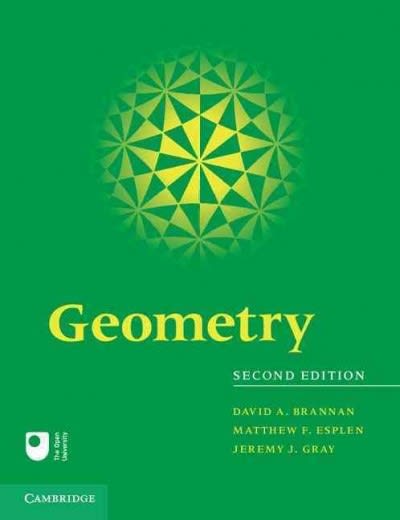Answered step by step
Verified Expert Solution
Question
1 Approved Answer
9(2) = 9(3) = 9(4) = 9(5) = 9(6) = 9(7) = 9'(2) = g'(5) = (b) On what interva|(s) is 9 increasing? Decreasing? Use




Step by Step Solution
There are 3 Steps involved in it
Step: 1

Get Instant Access to Expert-Tailored Solutions
See step-by-step solutions with expert insights and AI powered tools for academic success
Step: 2

Step: 3

Ace Your Homework with AI
Get the answers you need in no time with our AI-driven, step-by-step assistance
Get Started


